In praise of lard (and how to render your own)
It is mild in flavor and particularly well-suited to pastry-making
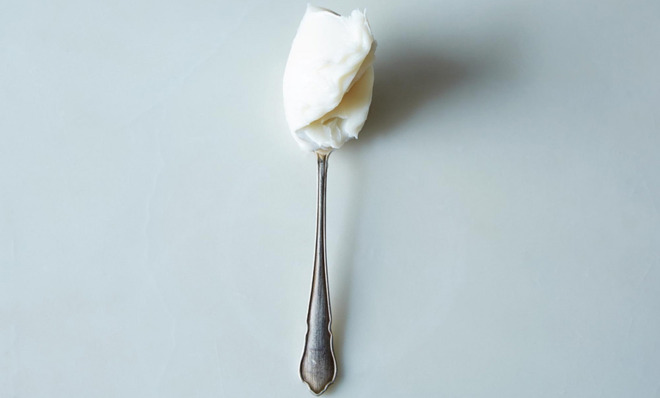

With butter consumption at a 40-year high, it seems that home cooks are ready to embrace animal fats once more — and yet lard remains almost universally reviled. I can promise you, though, that it doesn't deserve its bad reputation: Lard is an extraordinary fat, rich in the same monounsaturated fats as olive oil and avocados, with a mild flavor and beautiful properties for sautéing, frying, and preparing pie crusts and flaky biscuits.
At its simplest, lard is rendered pork fat. Leaf lard, specifically, is a fine, soft, white fat rendered from the fat in the kidney region of pigs and hogs. It is mild in flavor, soft in texture, and particularly well-suited to pastry-making.
Here are a few things to keep in mind when buying lard, and tips on making your own:
The Week
Escape your echo chamber. Get the facts behind the news, plus analysis from multiple perspectives.

Sign up for The Week's Free Newsletters
From our morning news briefing to a weekly Good News Newsletter, get the best of The Week delivered directly to your inbox.
From our morning news briefing to a weekly Good News Newsletter, get the best of The Week delivered directly to your inbox.
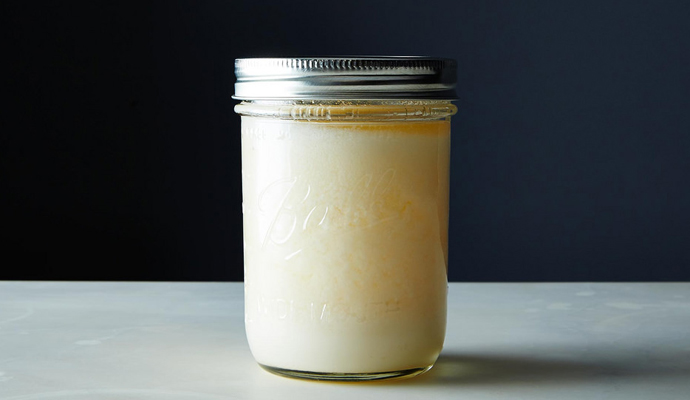
Why pasture-raised makes a difference
Pigs, like people, produce vitamin D in their skin and in their fat when they spend time under the sun. So when a farmer raises his or her pigs outside on fresh pasture, not only do the animals enjoy a better existence than their confined counterparts, but their meat and fat also offer richer flavor and more nutrients.
Raw fat vs. rendered lard
Lard that hasn't been rendered is simply raw fat. When you cook with it, instead of melting completely like butter or rendered lard, it will melt a bit and yield small rubbery pieces of fat that will pepper your finished dish. Rendering lard before using it in a dish accomplishes two goals: First, it preserves the fat by removing excess water and other impurities that might otherwise cause it to spoil; rendered lard is shelf-stable, just like olive oil or clarified butter. Second, it produces a luxuriously creamy, spoonable fat that not only melts instantaneously in a hot pan, but also yields beautifully flaky pastry.
A free daily email with the biggest news stories of the day – and the best features from TheWeek.com
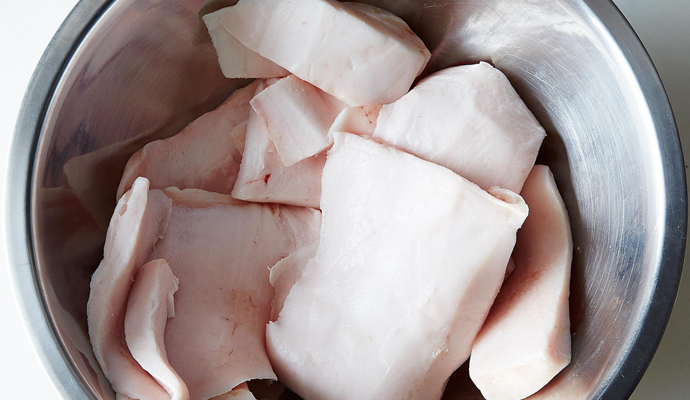
Where to find lard
To find good-quality lard, head to a butcher shop, search your farmers market, or go directly to a farmer or rancher who raises his or her pigs outside. Unlike the lard found in large blue buckets at grocery stores, unrendered pork fat or rendered lard from these sources has not typically been subjected to hydrogenization — a process intended to extend shelf life and reduce the risk of rancidity. During this chemical process, hydrogen atoms are added to liquid oils; this keeps them solid at room temperature, but also creates trans-fatty acids which have been implicated in cardiovascular disease, stroke, and high cholesterol.
While you can render any uncured pork fat into lard, keep in mind that the soft, white fat found around the pig's kidneys produces the finest results; you can generally find lard rendered from this kind of fat labeled as "leaf lard." Its fine texture and light flavor make it perfect for pastries, pie crusts, and biscuits.
Lard rendered from other types of pork fat offers a stronger flavor that's better suited to savory dishes. It's excellent for sautéing and frying, and it pairs well with beans and fragrant herbs like rosemary, thyme, and sweet bay.

How to render lard
If you've happened upon a source of pork fat or leaf lard and you want to take on the project of rendering it yourself, keep in mind that while rendering lard requires no expert skill, it does take time. Allowing the raw fat to melt ever so slowly in a pot on your stove or in your slow cooker will yield lard that is smooth, creamy white in color, and nearly odorless.
A note on buying: You can find raw pork fat at your local butcher, at your local farmers market, or by making a request for leaf lard or raw pork fat the next time a farmer near you processes his or her pigs. (Editors' note: We found that calling around to local butchers a few days in advance was the best way to find raw fat, pronto. Or just put out a plea on Twitter.)
Take about 3 to 5 pounds of cold fat straight from the refrigerator and grate it finely by hand or in your food processor (the finer the pork fat is before it hits your pot, the more lard it will release when you render it). If the fat begins to soften in the warmth of your hands, return it to the refrigerator to harden before continuing.
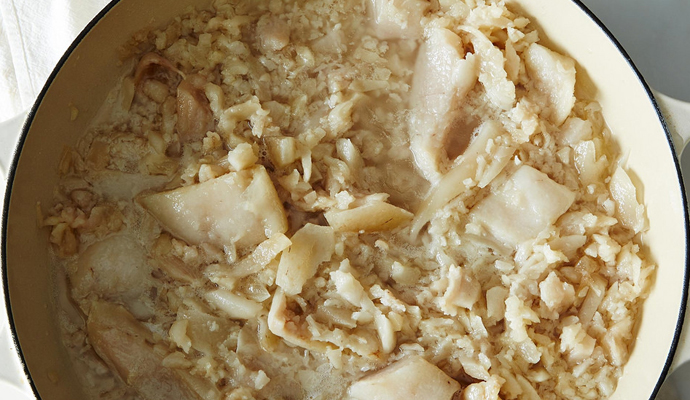
Once you've grated your way through the raw fat, toss it into a heavy pot set over very low heat. Pour a cup of water into the pot, which will allow the fat to render without browning. The water will evaporate by the time the fat renders completely. Leave the lard on the stove to render for about 3 hours, or until it's completely melted. Smaller amounts of fat will, understandably, require less time to render.
Editors' note: We started with whole pieces of fat in the pan, and then blitzed them in the food processor after they had been cooking for about 30 minutes.
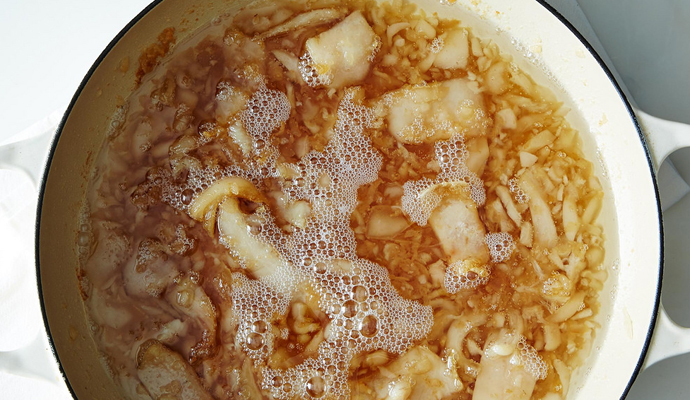
As the fat renders, amber-colored crispy cracklings will form, rising to the surface of the hot, bubbling fat. Remove them with a slotted spoon, and set them on a plate lined with a kitchen cloth. Sprinkle them with salt, and enjoy them — they're lovely.
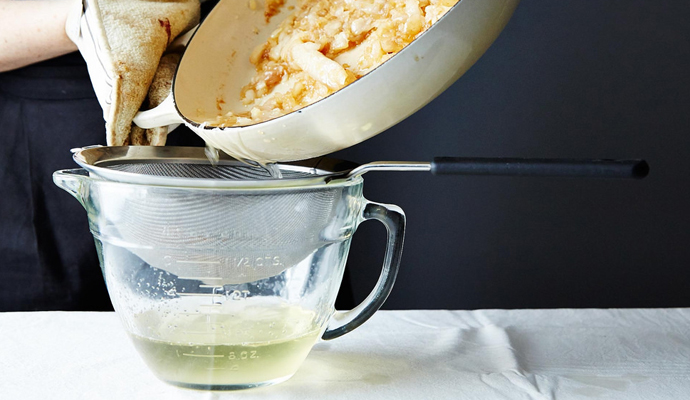
Once the fat has melted, and you've removed the cracklings, pour the liquid lard very carefully into mason jars, cap them tightly, and allow the lard to cool completely. You can also strain the fat — cracklings and all — into a large, heatproof container using a fine mesh sieve. If you do, be sure to line your countertop with cloth or tea towels to prevent spilling or staining.

This article originally appeared on Food52.com: In praise of lard, and how to render your own
More from Food52…
-
 4 tips to safeguard your accounts against data breaches
4 tips to safeguard your accounts against data breachesThe Explainer Even once you have been victimized, there are steps you can take to minimize the damage
-
 The Week's year-end quiz
The Week's year-end quizPuzzles and quizzes Test how well you followed the news with our year-end quiz
-
 Codeword: December 26, 2025
Codeword: December 26, 2025The daily codeword puzzle from The Week